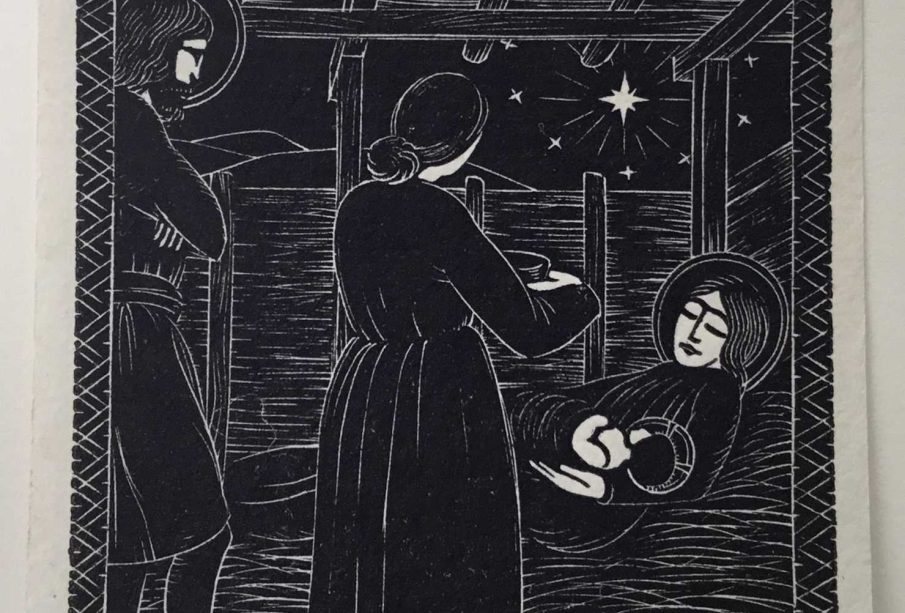Exploring the Legacy of Eric Gill: Sculptor and Type Designer

Introduction
Eric Gill (1882-1940) remains a pivotal figure in the British art scene, recognised primarily for his contributions as a sculptor and typeface designer. His work has influenced various artistic avenues, from architecture to typography, and remains relevant in contemporary discussions on art and design.
Career and Contributions
Born in Brighton, England, Gill initially trained as a stone mason before turning to sculpture and graphic design. His sculptures often depicted religious and natural themes, characterised by a blend of stylised forms and expressive detail. His most notable works include the monumental statue of Saint George at the base of the BBC Broadcasting House in London and the impressive prospectus for the Golden Cockerel Press, where he designed typefaces that are still celebrated for their clarity and beauty.
Gill’s type design work, particularly the Gill Sans typeface, has left a lasting imprint on the world of typography. Launched in 1928, this sans-serif typeface is admired for its clean lines and modern aesthetic, making it popular among graphic designers and publishers alike. Furthermore, Gill’s work emphasised the connection between art and craftsmanship, a philosophy that resonates with many contemporary artisans and designers.
Controversies
Despite his artistic significance, Gill’s legacy is not without controversy. Allegations surfaced regarding his personal life, revealing troubling aspects of his character. These revelations have prompted discussions about separating the artist’s work from his personal beliefs and actions. Art critics and historians continue to debate how such issues should influence the reception of Gill’s work today.
Conclusion
The legacy of Eric Gill is complex – characterised by remarkable artistic contributions and equally notable controversies. As we explore his artworks and contributions to typography, a balanced understanding that acknowledges both his achievements and his personal struggles is essential. Gill’s influence on modern art and design continues to resonate, encouraging new generations of artists to reflect on the meaning of artistic integrity and social responsibility in their own work. Moving forward, it is vital for critics and enthusiasts to engage in thoughtful discussions about his contributions, ensuring that his impact on art remains celebrated while also addressing the moral complexities of his life.





